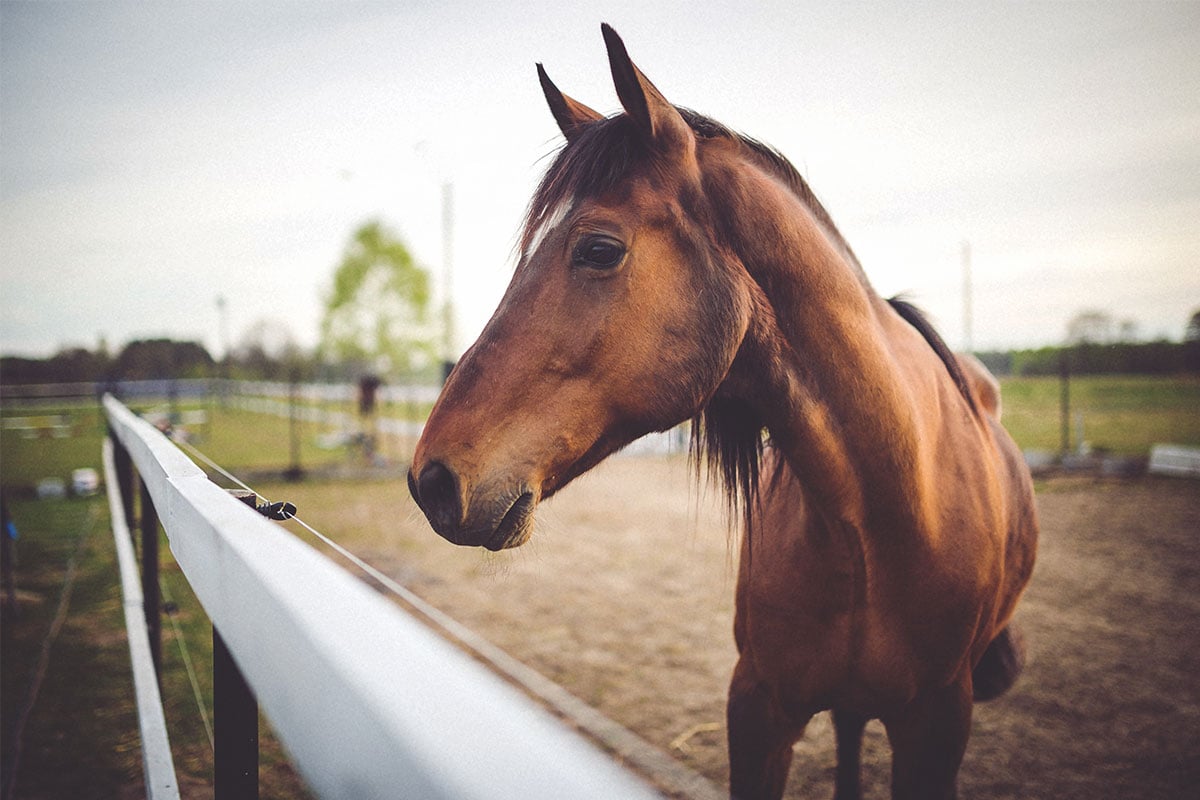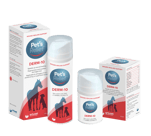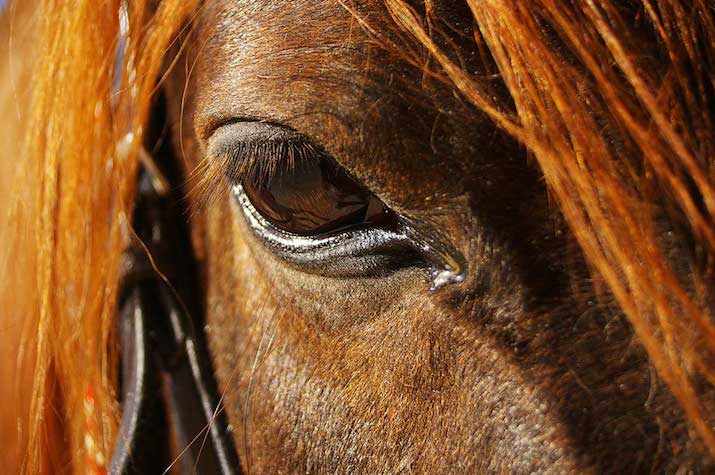
Wounds and Risk Areas in Horses
Wounds are a frequent concern in equine practice, ranging from minor abrasions to deep lacerations and puncture wounds. Due to their size, environment, and high activity levels, horses are particularly prone to injuries, and wound healing can be complicated by infection, tissue necrosis, and excessive granulation tissue (“proud flesh”). Proper wound assessment and management are crucial to ensure optimal healing, minimize complications, and preserve function.
Common Wound Risk Areas in Horses
1. Distal Limb Wounds (Lower Legs and Joints)
The lower limbs are the most common sites for equine wounds due to limited soft tissue coverage, constant movement, and high exposure to trauma. Injuries in these regions are at increased risk of:
- Delayed healing due to poor circulation.
- Excessive granulation tissue (proud flesh), especially over the cannon bone and fetlock.
- Septic arthritis or tenosynovitis if wounds penetrate synovial structures.
Management Considerations:
- Immediate lavage and decontamination to prevent infection.
- Compression bandaging to reduce swelling and control granulation tissue.
- Topical treatments which provides antimicrobial protection and wound healing support.
2. Head and Facial Wounds
Facial wounds may appear dramatic due to heavy bleeding, but they generally heal well due to good vascularization. However, wounds near the eyes, nostrils, or sinuses require special attention to prevent secondary infections, impaired function, or aesthetic defects.
Management Considerations:
- Suturing is preferred when cosmetic outcomes are a concern.
- Antimicrobial ointments and careful wound hygiene to prevent contamination.
- Monitoring for underlying fractures or involvement of nasal passages.
3. Chest and Pectoral Wounds
Trauma to the chest region may involve deep soft tissue damage, potentially leading to subcutaneous emphysema or pneumothorax if the thoracic cavity is compromised.
Management Considerations:
- Close monitoring for respiratory distress.
- Wound closure techniques may vary depending on extent and location.
- Secondary infections are a concern, requiring topical and systemic antimicrobial therapy.
4. Flank and Abdominal Wounds
Wounds in the flank and abdominal regions pose a higher risk of evisceration or penetration into the peritoneal cavity. These wounds are considered surgical emergencies if abdominal structures are exposed.
Management Considerations:
- Immediate stabilization and referral if deep penetration is suspected.
- Careful wound closure techniques to prevent herniation.
- Systemic antimicrobial therapy to reduce infection risks.
5. Coronary Band and Hoof Injuries
The coronary band and hoof capsule are critical for long-term soundness, and injuries in these areas can lead to chronic lameness, hoof wall defects, or permanent deformities.
Management Considerations:
- Protect the coronary band with moisturizing balms, which helps maintain hydration and elasticity of the hoof wall.
- Debridement and topical antiseptics for hoof puncture wounds to prevent deep-seated infections or abscesses.
- Close monitoring for laminitis or structural hoof changes following significant trauma.
Dermoscent BIO BALM®
...is a hydrating and nourishing balm for dry, rough skin on paw pads, elbows, or calluses. Its water-resistant formula provides lasting comfort and protection.
Pet’s Relief Derm-10

...is a veterinary-grade wound ointment that protects the skin and supports healing. Perfect for leg injuries, cuts, and areas prone to proud flesh.
